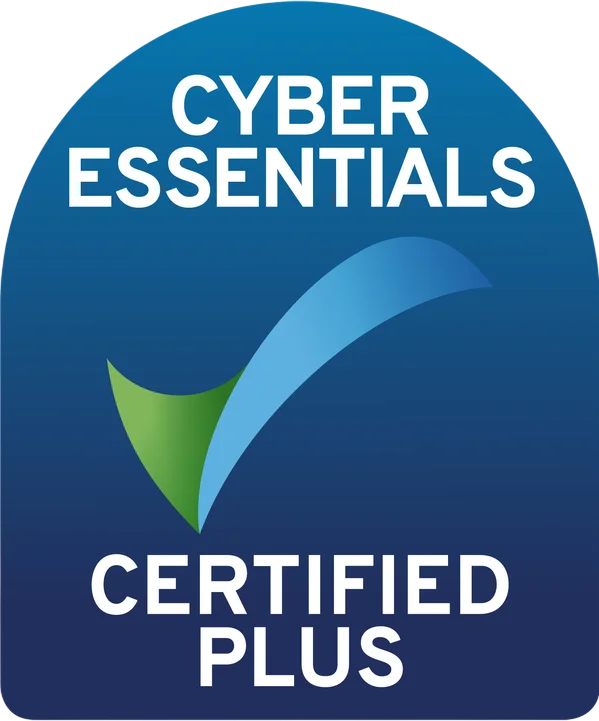How do you find a grant ?
Finding the right funder often requires a strategic approach. After many decades of working with and for lots of different grant makers across the world, we believe that best place to start is by defining your funding needs and the objectives of your specific project. Then, use this insight to help you research potential funders through online databases, government sources, and networking with peers – there are many grant givers out there with a wide range of their own objectives. We always suggest that grant seekers assess the eligibility criteria of a few funders, and prioritise those whose priorities align with your work.

Once you have found one, or more, potential funders, it can be incredibly useful to get in touch with them directly to seek guidance and build relationships. This can help you tailor a compelling grant proposal or application that truly demonstrates alignment with the funder’s goals – remember, you often need to show how your project can help them deliver their objectives.
Keep track of application deadlines and requirements, and be prepared to adjust your approach based on feedback and outcomes. As with many things, we know that persistence and adaptability are key to securing the right funder to support your project or organisation.
Our step-by-step guide to the process is as follows:
1. Define your project or need
Knowing what you’re seeking funding for is essential before you start searching for grants.
2. Research grant opportunities
Try our master list of grant databases in the UK here
3. Narrow down your options
Focus on those that align with your project’s goals and eligibility criteria. Consider factors like funding amount, application deadlines, and geographic restrictions.
4. Check eligibility and requirements
5. Contact potential funders for an informal discussion
6. Prepare the required documents
7. Write your proposal or application – closely considering the criteria and funder aims.
Craft a compelling grant proposal that clearly explains your project’s objectives, expected outcomes, and the impact it will have. Address how the grant funds will be used and how you plan to measure success.
8. Submit the application, and follow up where appropriate
9. And then… wait for the decision.
10. If you are given feedback, whether or not you are successful, use it to improve future applications and to find funders who are a better fit for you.
We have worked with funders all over the world for decades. AIMS software continues to power grant makers’ work globally.
Get in touch with us to discuss how we can help you give grants better.

